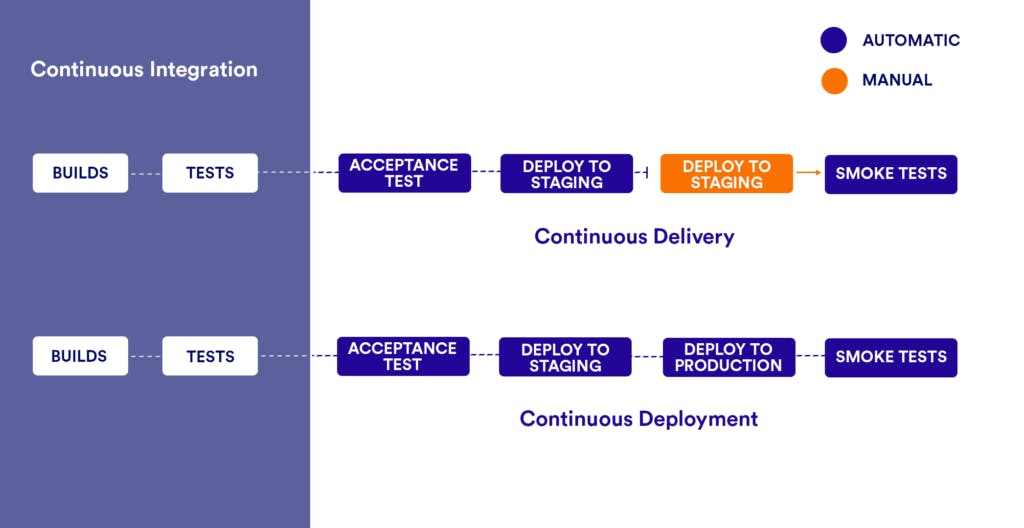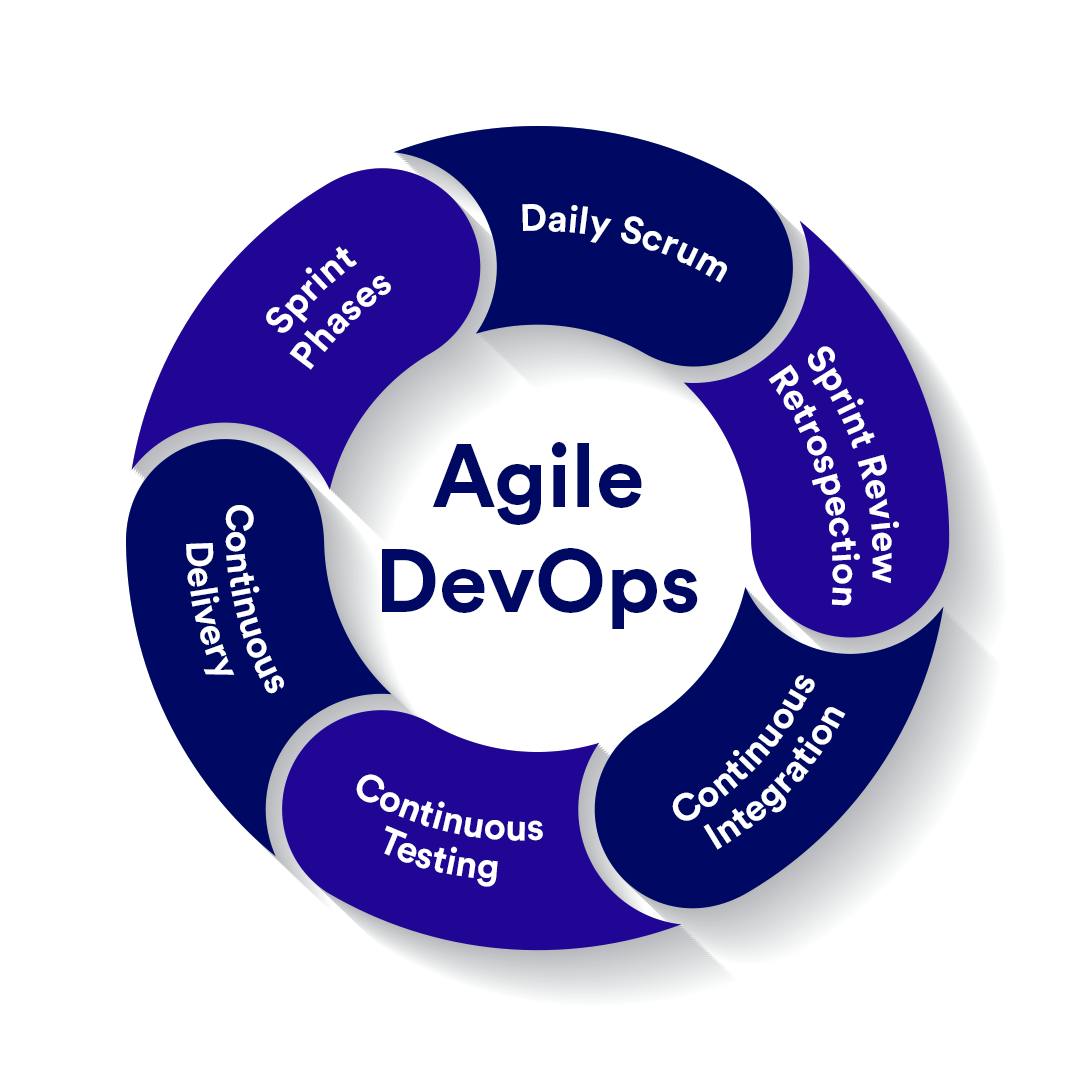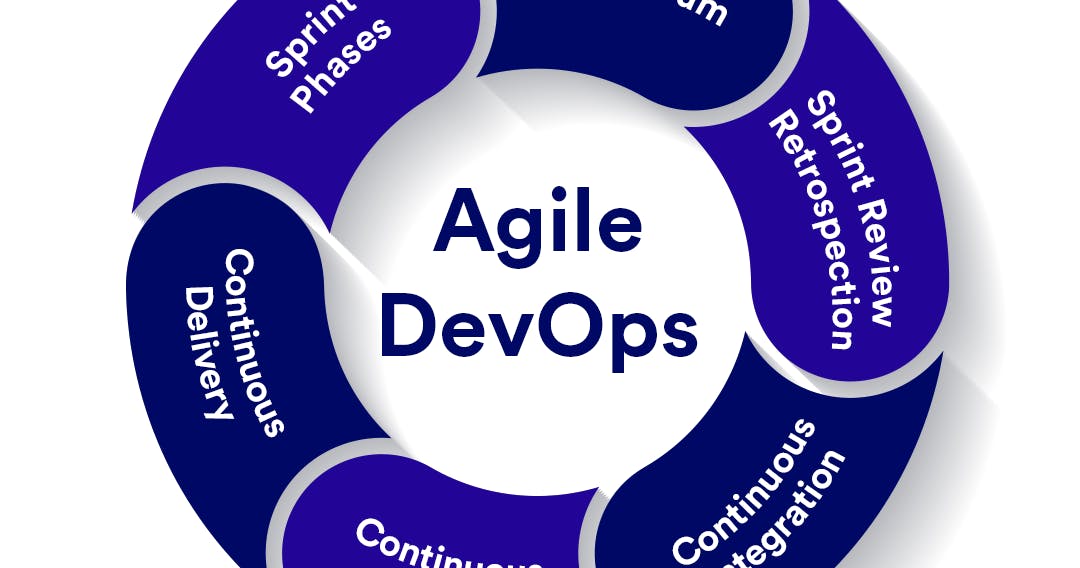In this article:
- Continuous integration (CI), continuous delivery/deployment (CD), and continuous testing (CT) are essential components of DevOps, accelerating code release and deployment processes.
- CI ensures reliable code commits and automated testing, while CD automates the entire software release process, with continuous delivery allowing manual approval and continuous deployment automating production deployment.
- CT ensures quality by providing continuous feedback through automated testing throughout the development cycle.
- Integrating CI, CD, and CT in a pipeline ensures efficient and error-free deployment, increasing velocity and quality.
- Tips for successful integration include comprehensive test suites, optimizing CI speed, fostering communication and trust, and maintaining honesty in testing practices.
IT organizations are increasingly turning to DevOps practices to improve value delivery for the customer. When DevOps implements CI, CD, and CT methods correctly, releases become more reliable and error-free. This, in turn, leads to higher productivity, customer retention, and long-term ROI.
Background
In today’s article, we talk about each - CI, CD, CT - in detail, trying to understand their role within DevOps and how they turn DevOps workflows into efficient pipelines for successful development.
The discussion around them is important because now, with DevOps, developers receive feedback from stakeholders and tools that systematically monitor and test their code in the pipeline. Enter: CI, CD, and CT.
Finally, we will talk about how Bunnyshell makes everything run more smoothly.
Trend Report
CI/CD and Application Release Orchestration
Download this report to learn the key research findings about software delivery practices, metrics, and tooling.
Summary
- What is CI in DevOps?
- What is CD in DevOps?
- What is CT in DevOps?
- Using CI, CD, and CT in a DevOps Pipeline
- The Bunnyshell solution.
What Is CI in DevOps?
Continuous Improvement (CI) allows developers to write, update, or fix a feature, then commit a code to the central code repository reliably, multiple times a day. Each update triggers an automated build and testing sequence for a given project, ensuring that code changes that merge into the repository are reliable.
It’s a critically important step to increasing deployment efficiency. CI continuously integrates code changes into the existing codebase to quickly identify and remediate any conflicts between different developers’ code changes.
If a development team is not making frequent commits to a common branch in a shared source code repository, they are not successfully doing continuous integration. Additionally, if the test and build processes are automated but developers work on isolated branches that are not often integrated into a shared branch, that is also not continuous integration.
What Is CD in DevOps?
Continuous Development (CD) represents the implementation of automation throughout the entire software release process. Once code has passed all of the tests, deployment becomes the last step in the process. In a DevOps pipeline, CD often is referred to as continuous delivery but can also mean continuous deployment.
Below is an explanation of both.
Continuous Delivery vs. Continuous Deployment
Continuous delivery follows these steps:
- Puts a change in the staging environment and release schedule,
- A person manually approves this code,
- Finally, it is deployed.
Continuous deployment automatically deploys code to production once it passes tests.
These two are not mutually exclusive, but they include each other. Their overall goal is the same – make software development and release processes faster and more robust. The key difference between them is the scope of automation applied.
With continuous delivery, the process allows developers to be more productive by deploying a new release at any time with a few clicks. On the other hand, continuous deployment is a step up from continuous delivery as every change in the source code is deployed to production automatically. This deployment does not require approval from a developer.

What Is CT in DevOps?
While CI and CD are crucial in accelerated product releases, Continuous Testing (CT) brings the quality factor into these frequent releases. In the CI/ CD pipeline or DevOps pipeline, sometimes CT is omitted even though it is a critical component in any pipeline. The real benefits of adopting CI/ CD are not truly felt if there is a lack of automated testing.
CT is a primary enabler of continuous feedback. Not only is it considered the first step in the right direction when embarking on a DevOps journey, but it drives software delivery through the software development cycle (SDLC) by being a continuous feedback mechanism. It allows DevOps teams to enable deployment and post-deployment testing in local environments.
Using CI, CD, CT in a DevOps Pipeline
A CI, CD, CT pipeline automates the entire deployment. It protects against substandard or error-prone changes to the codebase and early detection of code defects.

Benefits of Integrating CI, CD, CT
Manual software deployment is susceptible to human error. That is why it’s important to have these three processes run smoothly. One process cannot be successful without the other two working seamlessly throughout the delivery cycle. Although each has different roles and responsibilities, they depend on one another for a quality deployment.
- By automating the steps leading up to a product release, an organization can ensure that both the code and the deployment process work efficiently and correctly.
- When developers or other teams find a defect, they can rely on the CI, CD, CT pipeline to automate, for example, a rollback to the previous code version.
- When all three are combined, they can significantly help increase the most important goals of any development team: velocity and quality.
- By connecting CT closely with CI/CD, developers can improve operational agility and accelerate time-to-market.
Advice on How to Integrate CI, CD, CT Correctly
- Make sure your automated test suite is comprehensive and stable. This will make it safe to implement every passed CI build to staging and then production status without a long manual quality assurance check.
- Pay close attention to CI speed and optimize when possible. Otherwise, developer productivity can shrink due to a lack of focus and frequent context switching.
- Ensure proper communication is enabled for CI to function; teams are able to be agile and on the same page with a project.
- Foster trust within your team to uphold CD. CD eliminates the element of doubt by automating and streamlining all processes leading up to deployment.
- Go for honesty when it comes to CT. If CT is utilized when developing apps, it will prevent more significant issues from happening once the app is live, keeping developers honest about the code status.
The Bunnyshell Solution
Learning how to combine CI, CD, and CT in the best way for your organization’s needs becomes an art in itself. CI, CD, and CT play into each other and cannot work well only individually. They all have to be taken into account to improve value delivery and offer quality deployments.
DevOps, when applied inappropriately, can and does create chaos inside companies instead of solving anything. Bunnyshell helps by letting you and your team spin up unlimited development and staging environments, so you can manage your pipeline more efficiently and with increased velocity.
To refine our three methods, we have to ensure that our software is secure, reliable, and high-quality. Not only that, but we should also improve productivity, testing efforts, and the pace of the software delivery efforts.
At Bunnyshell, we know that software continues to get more complex, evolving faster than humans can keep up. That is why we create and offer the development environments necessary to help our customers grow and deliver better software, faster. Continuously check us out.
